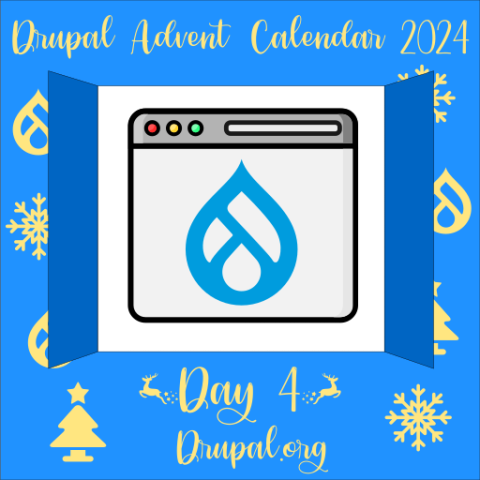Ntfs2btrfs is a tool which does in-place conversion of Microsoft’s NTFS filesystem to the open-source filesystem Btrfs, much as btrfs-convert does for ext2. The original image is saved as a reflink copy at image/ntfs.img, and if you want to keep the conversion you can delete this to free up space. ↫ Mark Harmstone An amazing piece of software that works on both Linux and Windows, and even, as described above, comes with the option of undoing the conversion if you so desire and haven’t removed the original image yet. Its developer, Mark Harmstone, of course stresses that while he thinks the tool is quite stable, he obviously makes no guarantees or claims about its stability. In other words, please don’t use this on sensitive data or in a production environment. What makes this tool even more amazing is that you can combine it with two of Harmstone’s other tools to really pull some rabbits out of your hat. First, there’s his Btrfs driver for Windows, which, as the name implies, allows Windows to work with Btrfs-formatted drives. Second, and here’s where things get really spicy, there’s Quibble, his custom bootloader consisting of open source reimplementations of Windows’ own bootloader. Using these three tools together you can, if you’re lucky, boot and run Windows off a Btrfs drive. That’s quite cool, and while perhaps not particularly useful due to its experimental nature, it’s still an awesome weekend project.


